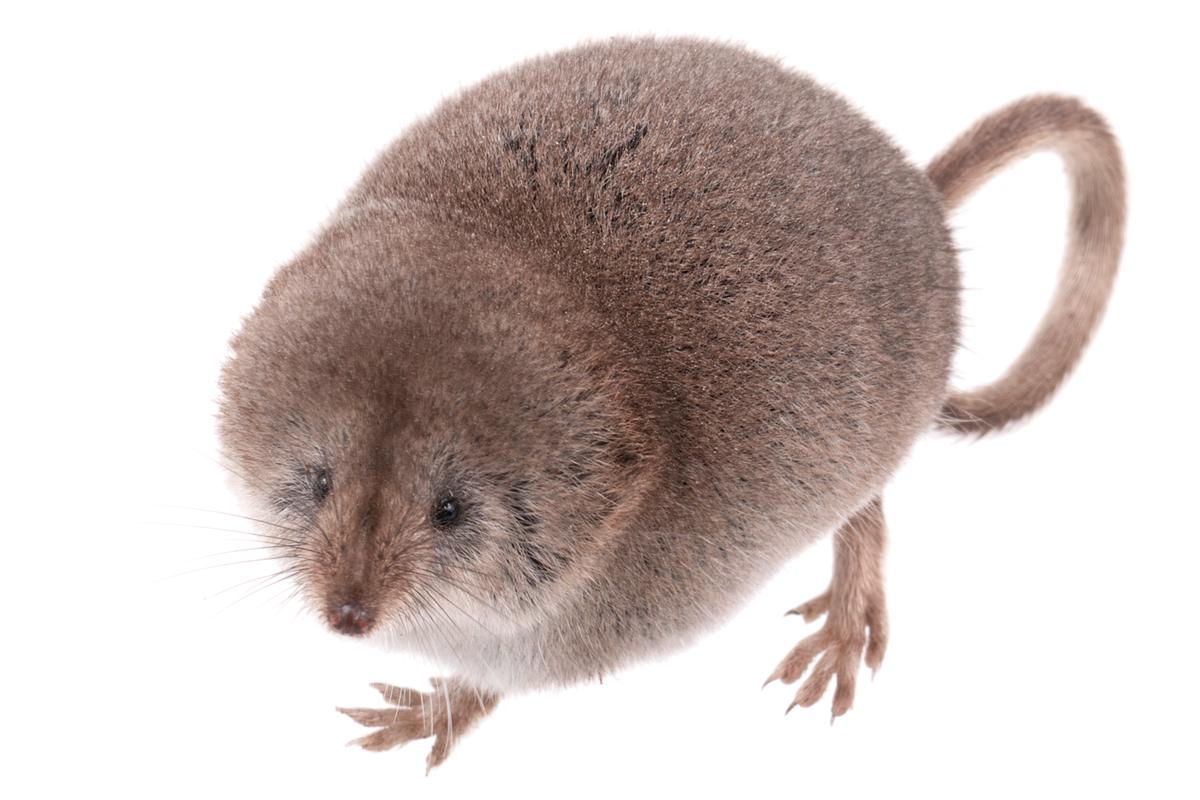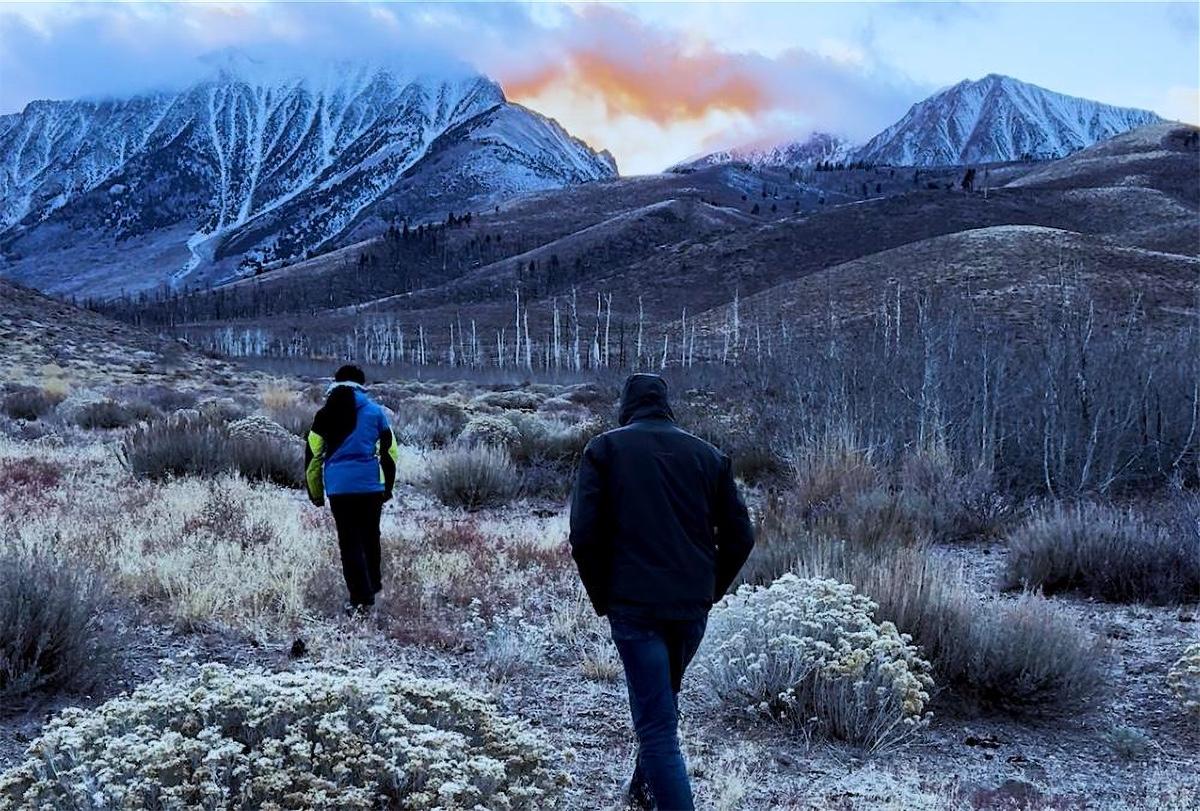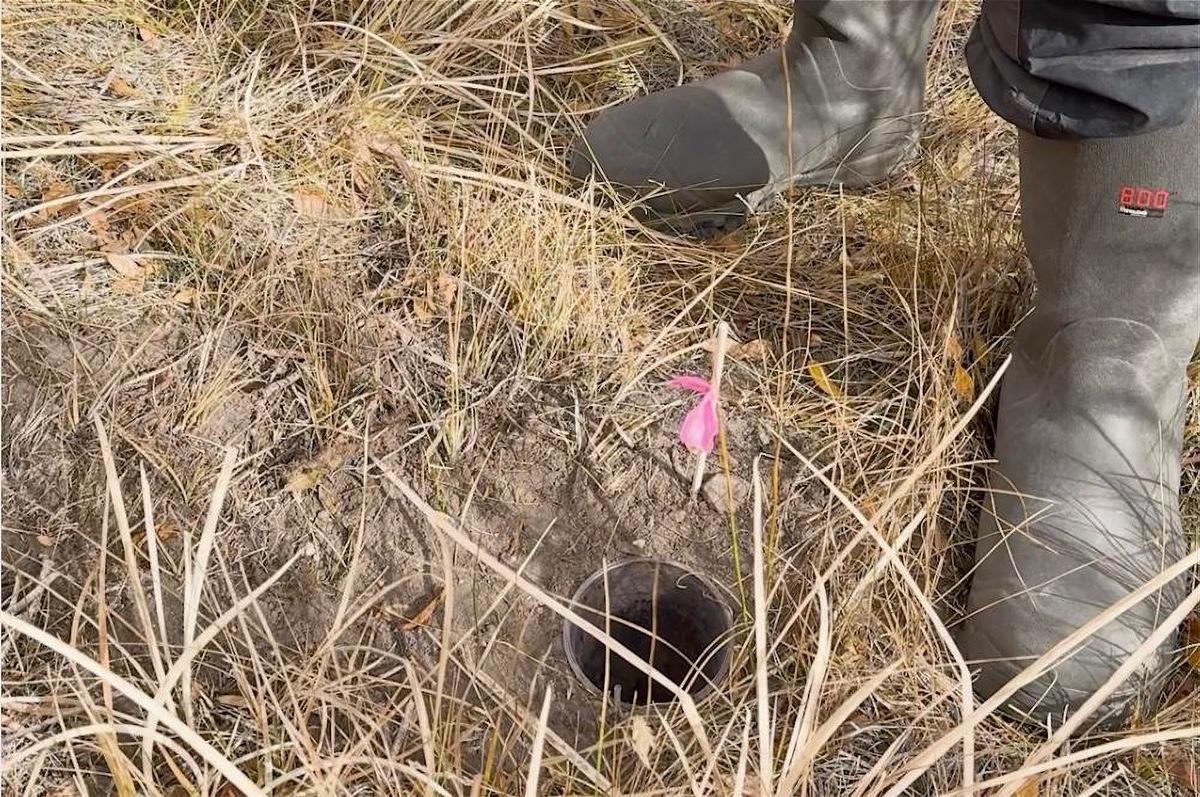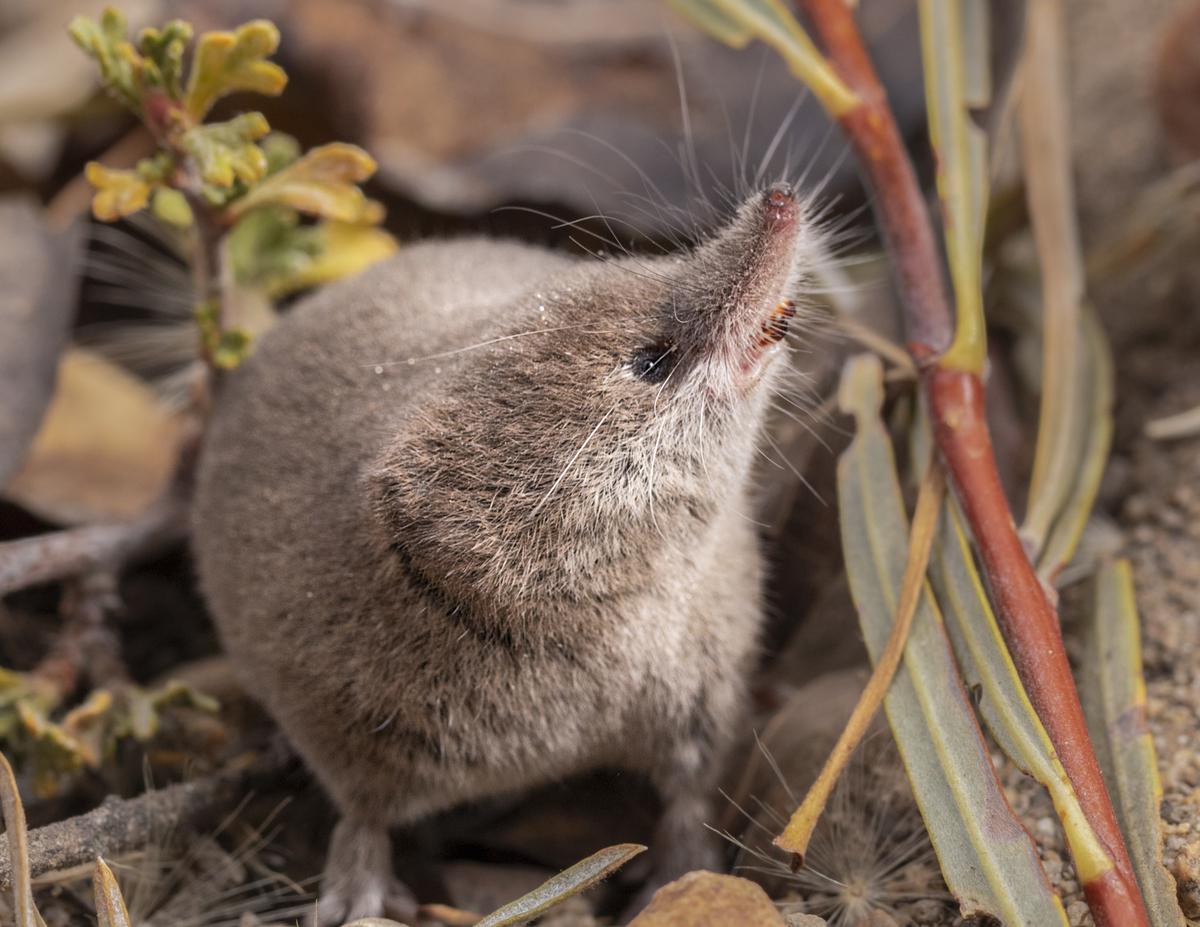Eastern Sierra, California —(Map)
Three young scientists have captured the first photos of a Mount Lyell shrew. The tiny animal is the only mammal in California that hadn’t been photographed alive – until now. The scientists hope their images will help raise awareness about the little-known species.
Mount Lyell shrews are tiny mammals that live in a very specific area of the Eastern Sierra Nevada Mountains. They spend most of their lives underground, and feed on insects. The tiny shrews are grayish brown, with small eyes and a long, thin snout. They grow to be about 4 inches (10 centimeters) long, and weigh 2 to 3 grams. That’s about as heavy as a US penny.

(Source: © Vishal Subramanyan, Prakrit Jain, and Harper Forbes.)
The Mount Lyell shrew was first described by a scientist over 100 years ago, but since then, it hasn’t been studied much. Three college students – Harper Forbes, 22, Prakrit Jain, 20, and Vishal Subramanyan, 22 – were determined to change that.
The students have a history of making news with their scientific discoveries. When they were still in high school, Mr. Forbes and Mr. Jain described and named two new species of scorpion.
During their college studies, they learned about trapping and photographing small mammals. When they discovered that the Mount Lyell shrew had never been photographed, they decided they were up for the challenge.

(Source: © Vishal Subramanyan, Prakrit Jain, and Harper Forbes.)
The students got permission from California’s Department of Fish and Wildlife, and set out for the Eastern Sierra in early November. Though it’s up in the mountains, much of the area is like a desert. But the young researchers focused on wetter areas near streams.
To trap the shrews, they dug over 100 small holes and placed cups containing worms into the holes. The idea was that the shrews would fall into these “pitfall traps”, but wouldn’t be able to get out.

(Source: © Vishal Subramanyan, Prakrit Jain, and Harper Forbes.)
The good news was that the method worked. In just two hours, they had already trapped two shrews. But the traps also meant that the scientists had to keep working day and night to keep from accidentally killing the shrews they caught.
Shrews need to eat almost constantly. If they don’t eat every couple of hours, they die. That meant that the students had to keep checking their traps. Mr. Subramanyan described it this way: “It was kind of go, go, go. You trap some shrews, you photograph them, you release them, and by that time there are more shrews.”

(Source: © Vishal Subramanyan, Prakrit Jain, and Harper Forbes.)
But their efforts paid off. Over the three-day trip, the students caught, measured, weighed, and photographed several Mount Lyell shrews, and then released them. In all, they caught 18 shrews. Besides the Mount Lyell shrew, they caught three other kinds of shrews. They took small samples of the shrews’ tails to use for DNA testing.
Though Mount Lyell shrews aren’t currently considered endangered, they are the only kind of shrew in California that is of “special concern”. Scientists believe that climate change could destroy most of the shrews’ habitat by the 2080s.
The students hope that their pictures will help people learn about Mount Lyell shrews and the challenges they face.
😕
This map has not been loaded because of your cookie choices. To view the content, you can accept 'Non-necessary' cookies.
